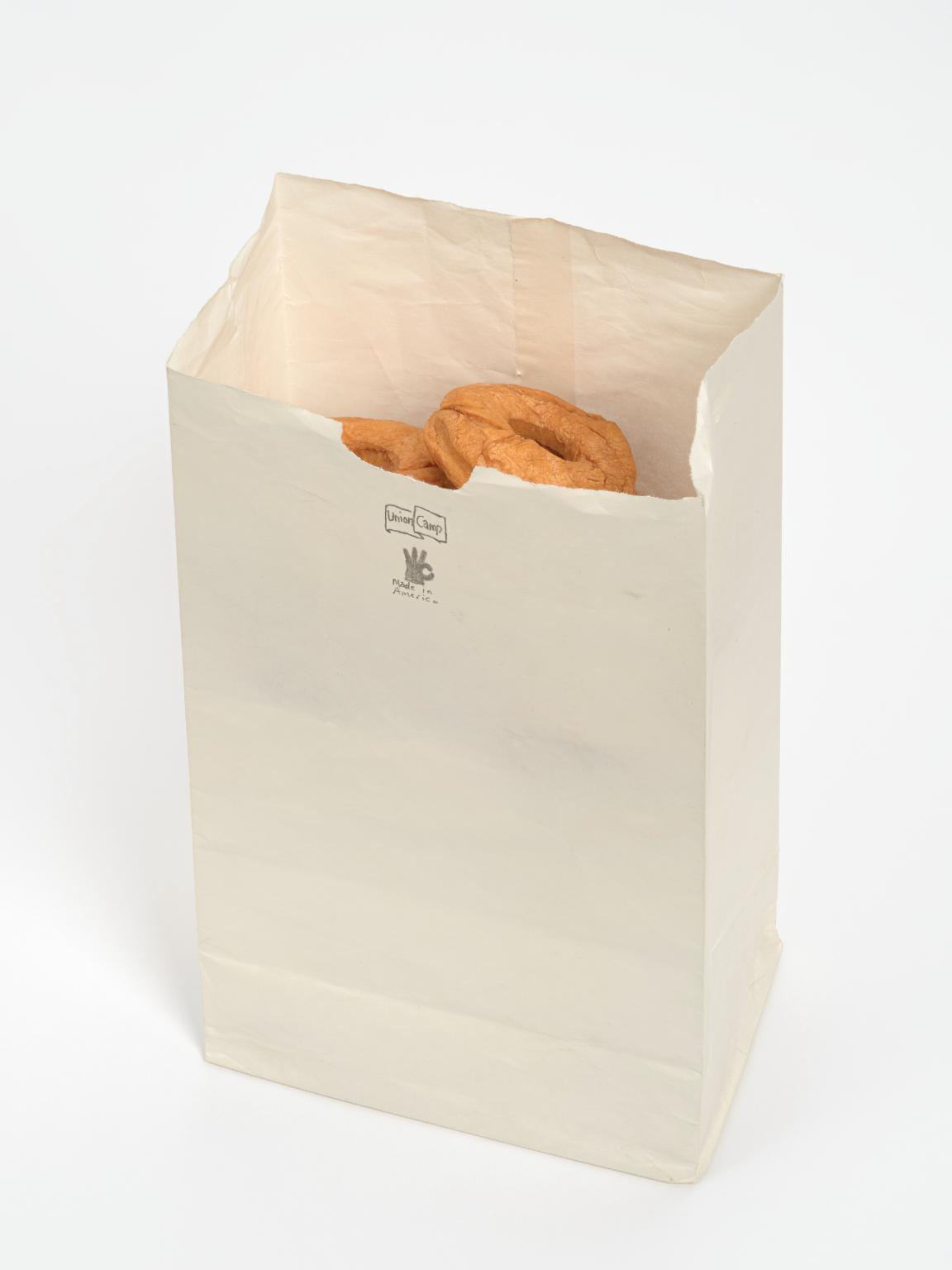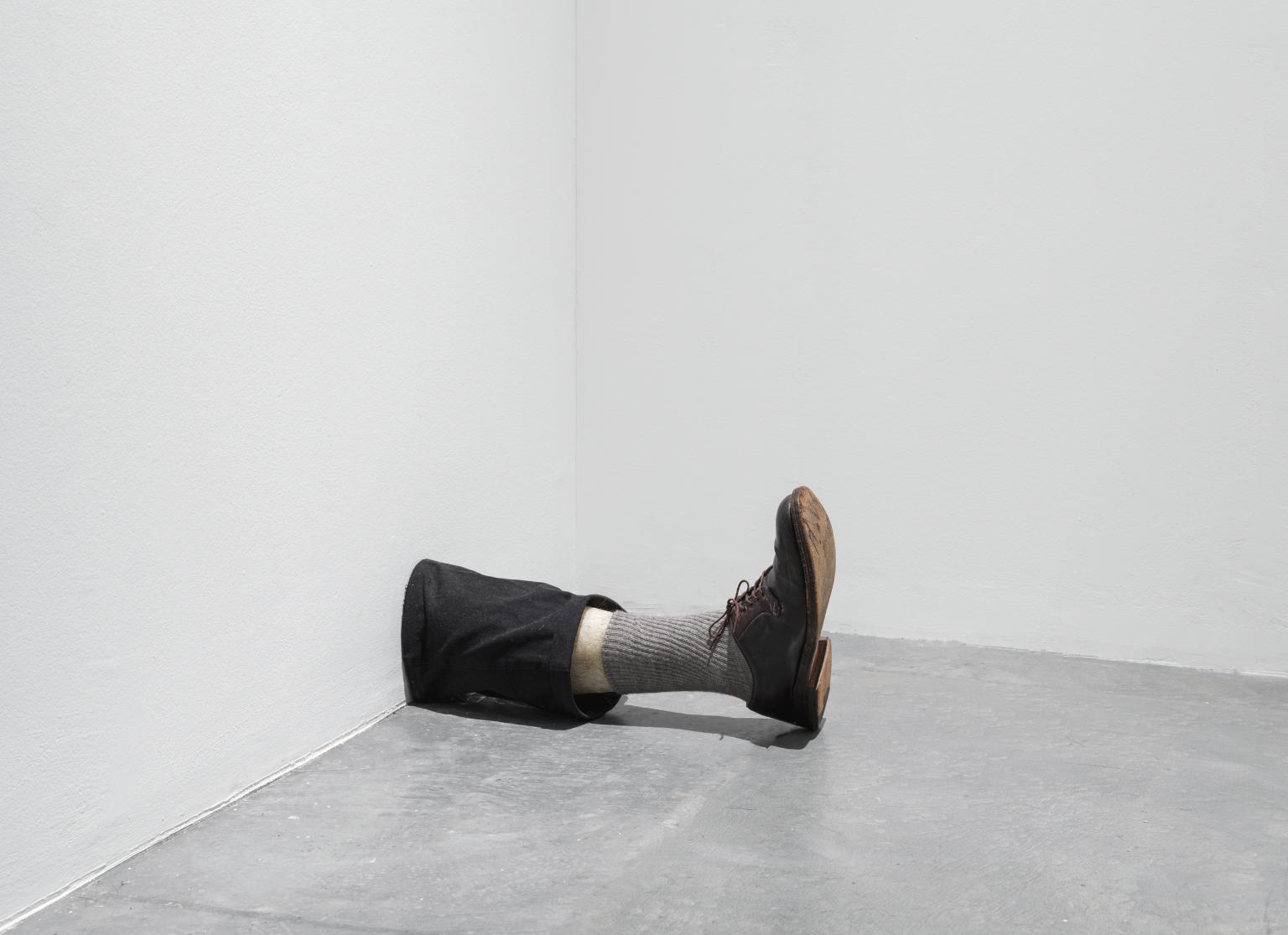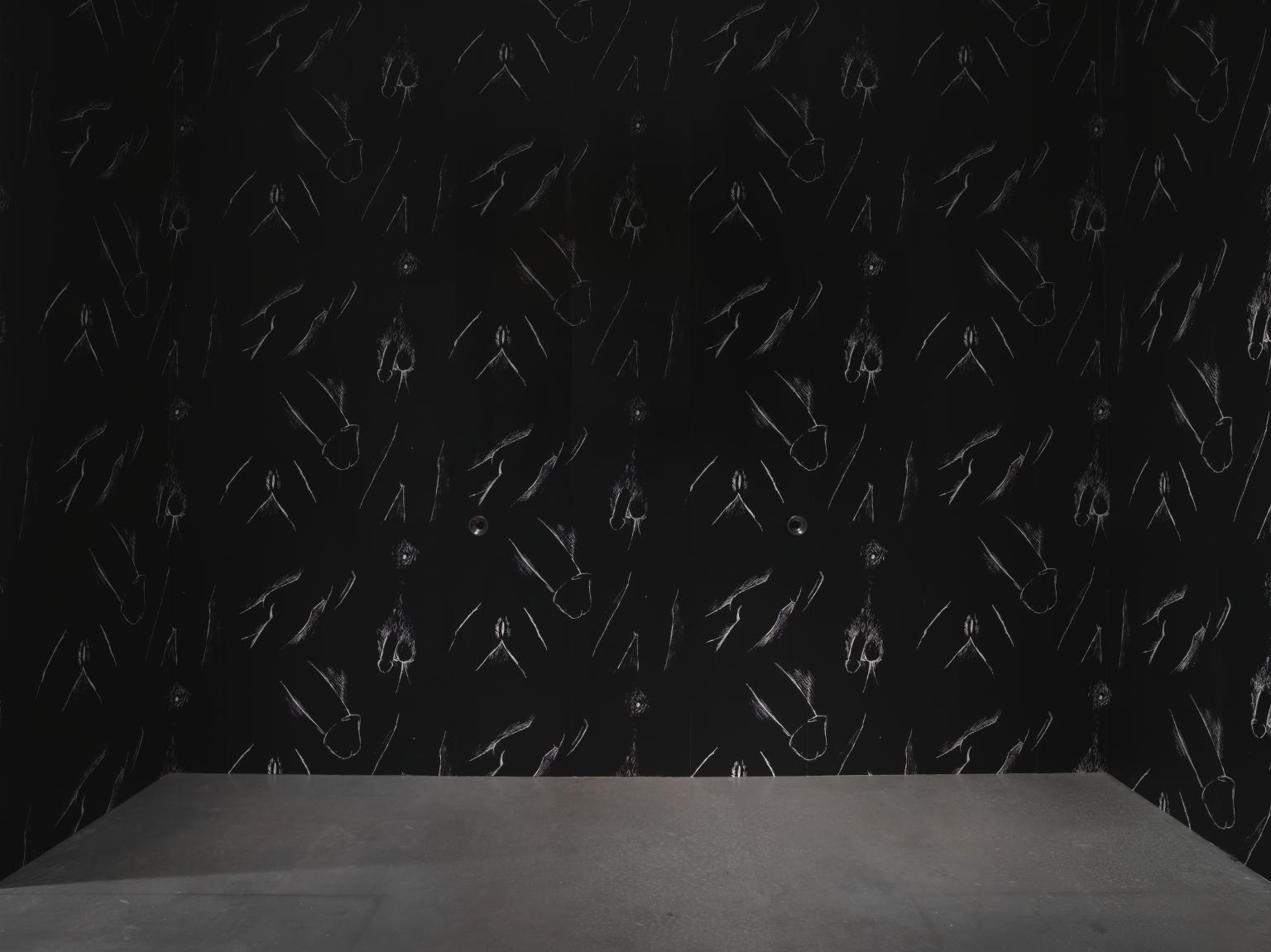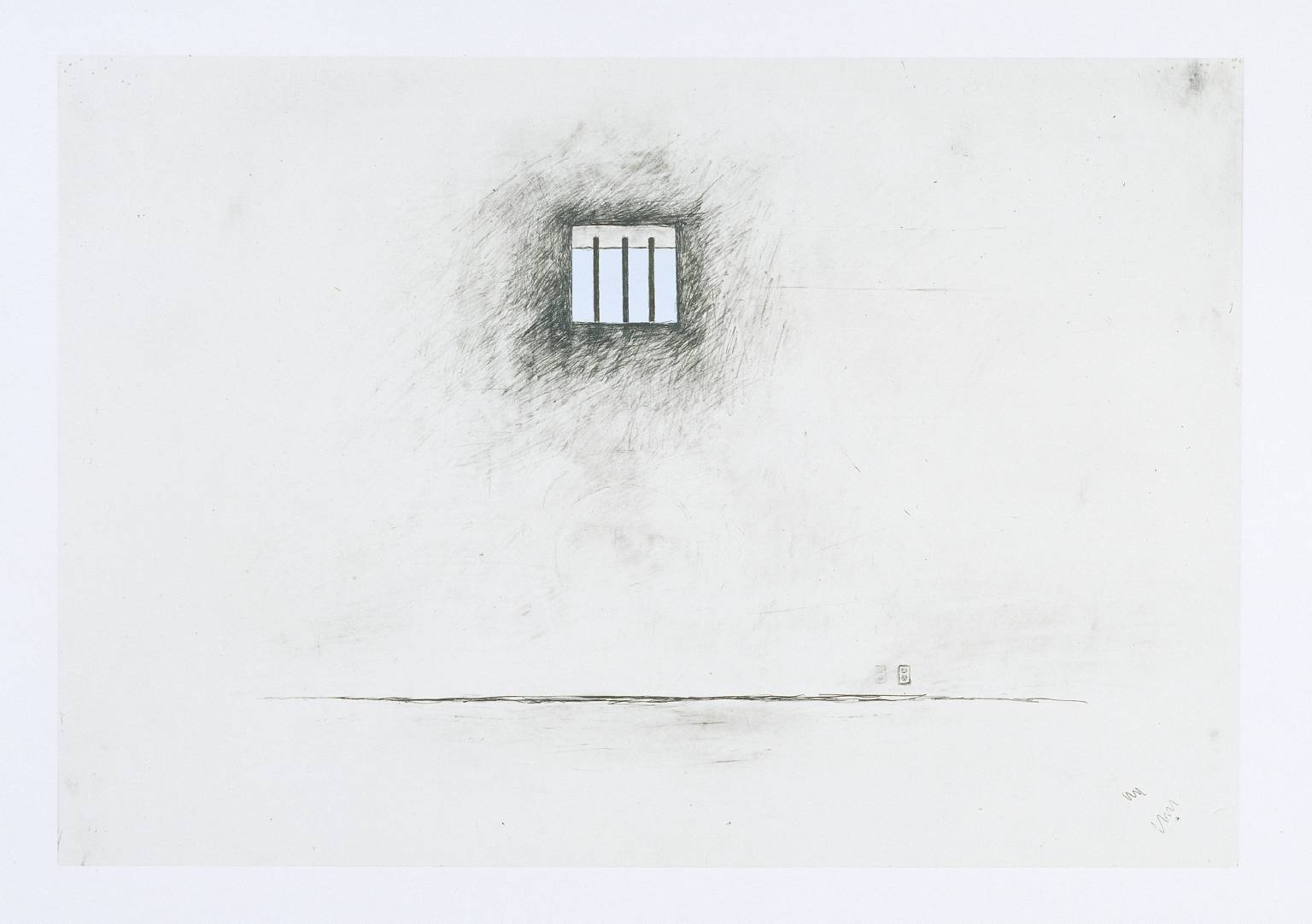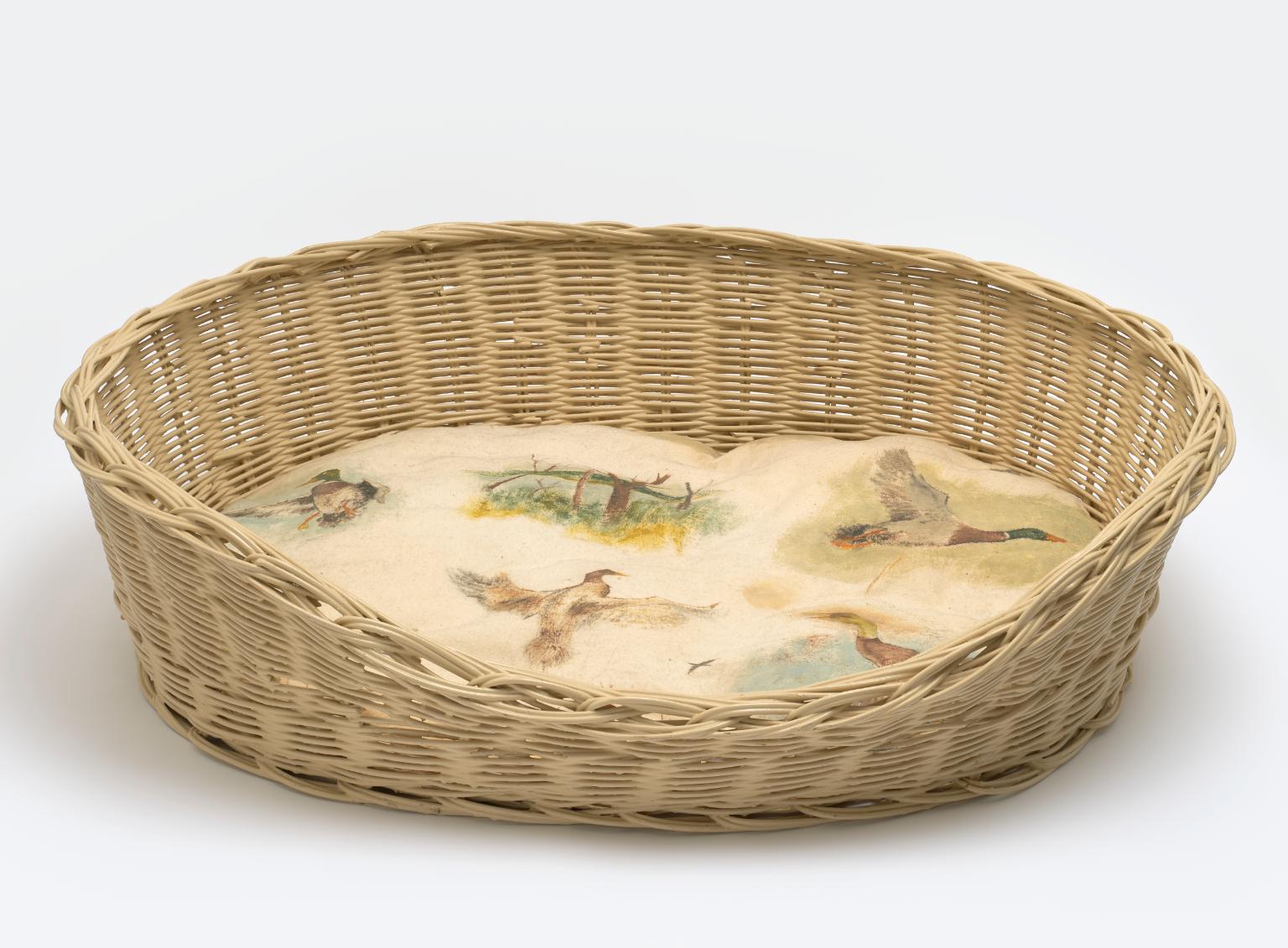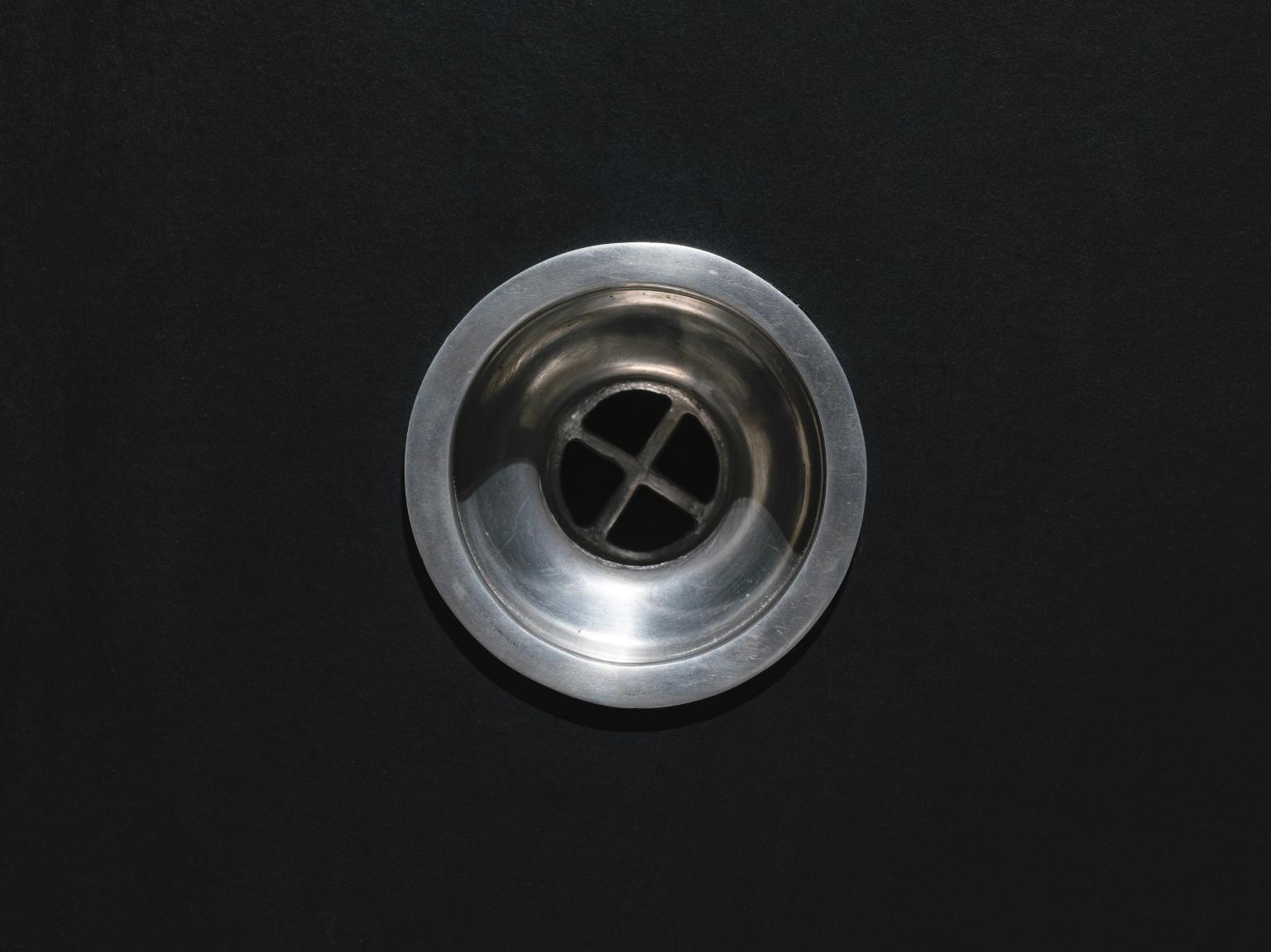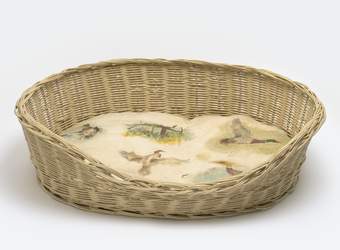9 rooms in Materials and Objects
What societal expectations are represented within the image of the home?
Robert Gober moved to New York in 1976, the day after graduating from Middlebury College in Vermont. He first had the idea to make doll’s houses before realising he was more interested in what home itself symbolised. Wanting to explore the idea of a domestic space, one of his first works as a professional artist was a small sculpture of a house in 1977.
Since then, houses and homes have been a recurring reference point – whether in the form of common objects found around the home or in patterned wallpaper. But on closer inspection, Gober’s objects are unusual since they are not the mass-produced objects they might at first appear to be.
Gober meticulously hand-makes his objects rather than purchasing them. Often, he and his team of studio assistants will use traditional art-making techniques or materials. The aim is not to imitate an object exactly, but to create a sensation of something recognisable yet strange.
Through a 45-year practice of subverting familiar objects and encouraging us to look again, Gober’s work draws attention to our differing moral attitudes towards sex, violence and religion. These debates are familiar in the media and politics of his home country, the United States, where these subjects continue to be intensely scrutinised.
Art in this room
